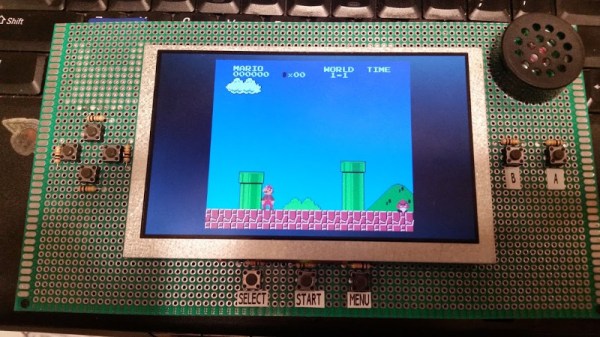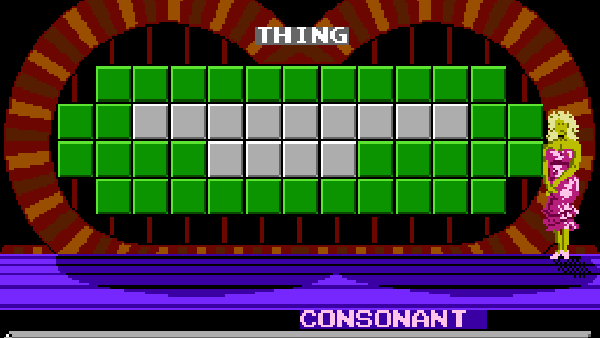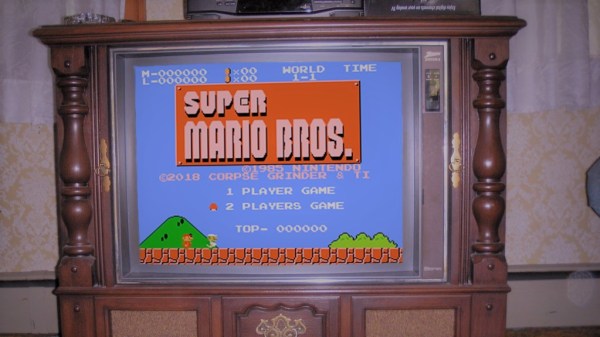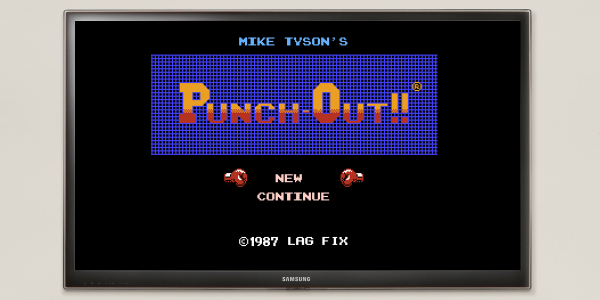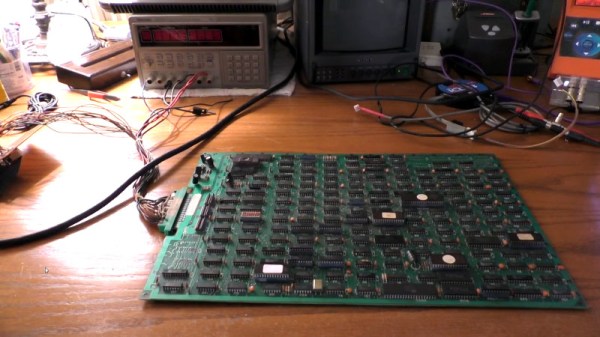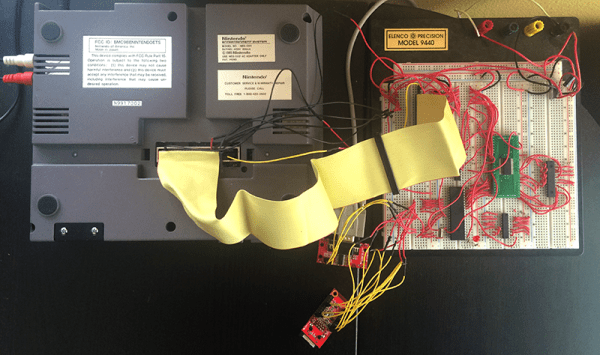FPGAs are wonderful things, packed with logic cells that can be reconfigured as your heart desires. They excel at signal processing, anything requiring speed, and recreating vintage hardware. In that vein, [Jon Thomasson] decided to bring back the original Nintendo Entertainment System, in perfboard form.
The build uses a Spartan 6 from Xilinx, which [Jon] uses in the form of his own development board design. The NES core is courtesy of code by [Brian Bennett], sourced from Github. Games are loaded from an SD card by a Parallax Propeller, which passes the data to the FPGA over a serial connection. Display is on a sharp 800×480 LCD, with the 4:3 video output of the NES being displayed in a pillarboxed fashion.
The project is assembled on perfboard, with a pleasing handheld formfactor. Control is via tactile pushbuttons in the classic NES layout. Current draw is approximately 400 mA, giving a runtime of around 5 hours when running off four AA batteries.
We’ve seen the venerable NES implemented on FPGA platforms before. As development boards get cheaper and devices get more capable, expect to see ever more complex systems being implemented. Video after the break.

